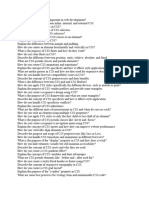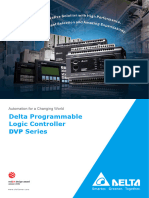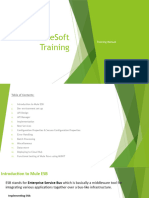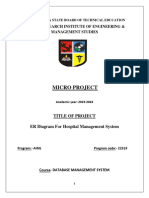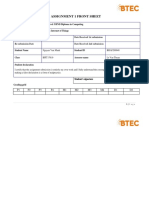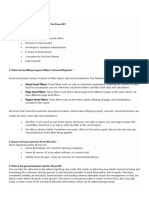Module Title: CSS: Styling,
Layout, and Responsive
Design
Learning Objectives:
By the end of this module, students will be able to:
1. Understand and apply basic CSS syntax and selectors.
2. Effectively use the box model to control layout and spacing.
3. Style typography, colors, and backgrounds using CSS.
4. Differentiate between various CSS units and apply them appropriately.
5. Create layouts using floats and positioning.
6. Implement modern CSS layouts using Grid and Flexbox.
7. Build responsive designs using media queries.
8. Understand and use CSS preprocessors like Sass or Less.
Module Outline
I. CSS Syntax and Basic Selectors
Topics:
Introduction to CSS Syntax:
o How to link CSS to an HTML document (<link>, inline, and internal CSS).
o Syntax for writing CSS rules (selectors, properties, values).
Basic Selectors:
o Element selectors (p, h1, etc.).
o Class selectors (.classname).
o ID selectors (#idname).
o Grouping selectors, attribute selectors, and pseudo-classes.
Activity:
Build a simple webpage and apply different types of selectors to style various elements
(e.g., headings, paragraphs, and buttons).
�II. The Box Model and How It Applies to CSS Layout
Topics:
Understanding the Box Model:
o Margins, borders, padding, and content area.
o How the box model affects layout and spacing.
Applying the Box Model:
o Adjusting margin and padding for different elements.
o Border styles and widths.
Activity:
Create a webpage section with text and images, and apply the box model concepts to
control spacing and layout.
III. Styling Typography, Colors, and Backgrounds
Topics:
Typography:
o Font families, sizes, weights, and text alignment.
o Line height, letter spacing, and text transformation.
Colors:
o Color units: RGB, HEX, and HSL.
o Applying background colors and gradients.
Backgrounds:
o Background images, background-size, and background-position.
Activity:
Style an "About Me" webpage section with custom fonts, colors, and a background image
or gradient.
IV. CSS Units: Pixels, Ems, Rems, Percentages
Topics:
Understanding Units:
o Fixed units: px.
� oRelative units: em, rem, and %.
When to Use Different Units:
o When to use pixels for fixed layouts.
o How to use em and rem for scalable and responsive typography.
o Percentages for fluid layouts.
Activity:
Build a basic webpage and experiment with different units for text sizes, margins, and
paddings to observe their behavior on different screen sizes.
V. Creating Layouts with Floats and Positioning
Topics:
Float-based Layouts:
o How floats work, and common float layouts (e.g., two-column layout).
o Clearing floats and float containment.
Positioning:
o Types of positioning (static, relative, absolute, fixed, sticky).
o Use cases for different positioning techniques.
Activity:
Create a two-column layout using floats and position various elements using different
positioning values.
VI. CSS Grid and Flexbox for Responsive Design and Layout
Topics:
CSS Grid:
o Grid container and grid items.
o Defining rows and columns with grid-template.
o Spanning items across rows and columns.
Flexbox:
o Flex container and flex items.
o Aligning items with justify-content, align-items, and align-self.
o Flexbox for one-dimensional layouts.
Activity:
� Build a responsive portfolio layout using both CSS Grid for the overall layout and
Flexbox for individual sections (e.g., project showcases).
VII. Media Queries and Responsive Design Techniques
Topics:
Introduction to Media Queries:
o Syntax for writing media queries.
o Targeting different screen sizes (mobile, tablet, desktop).
Responsive Design:
o Designing for mobile-first vs. desktop-first.
o Using media queries to adjust layout, fonts, and visibility for different devices.
Activity:
Create a multi-section webpage and use media queries to adjust the layout for mobile,
tablet, and desktop views.
VIII. CSS Preprocessors: Sass or Less
Topics:
Introduction to CSS Preprocessors:
o What are CSS preprocessors and why use them?
o Setting up a preprocessor (Sass or Less).
Features of Sass/Less:
o Variables for managing colors and font sizes.
o Nesting for cleaner and more organized CSS.
o Mixins for reusable CSS code.
o Partials for modular CSS.
Activity:
Convert an existing CSS project into Sass/Less and use variables, nesting, and mixins to
organize the codebase.
Assessment Criteria:
� Completion of Assignments (30%): Students will complete assignments for each topic,
applying learned CSS techniques.
Project (40%): Design and develop a responsive multi-section website using the topics
covered (box model, grid, flexbox, media queries).
Quizzes/Exams (20%): Test knowledge of CSS syntax, layout techniques, and
responsive design strategies.
Class Participation (10%): Active participation in discussions, coding sessions, and peer
reviews.
Resources:
MDN Web Docs - CSS
W3Schools CSS Tutorial
CSS Tricks - Complete Guide to Flexbox
CSS Grid Layout Guide











































